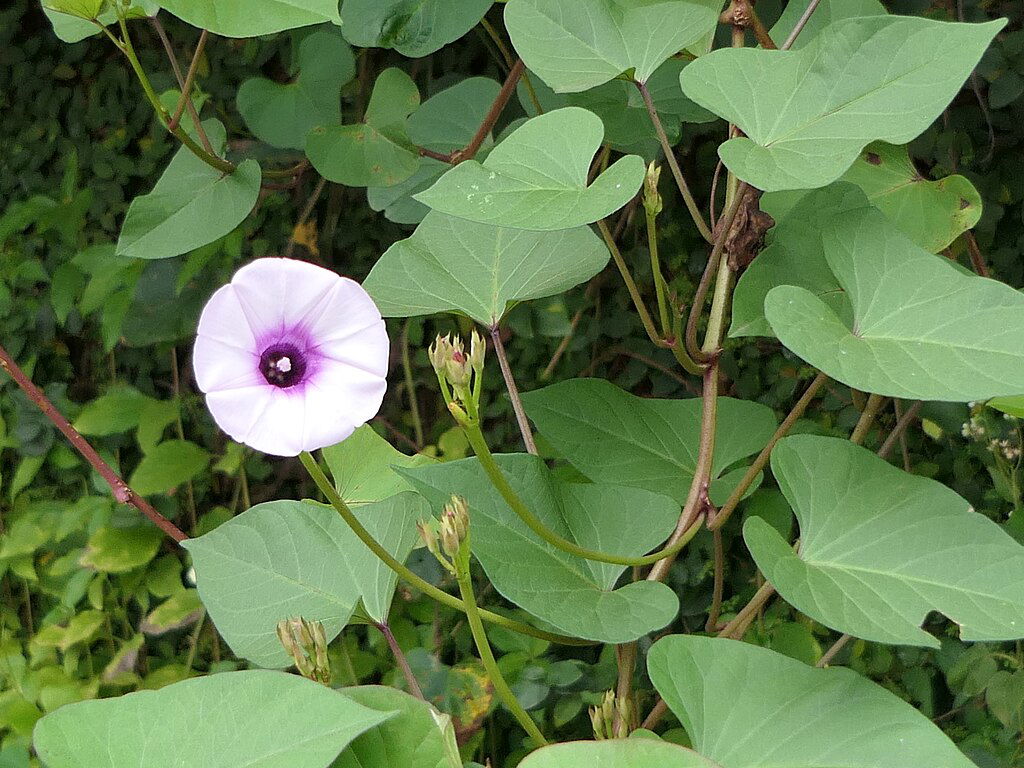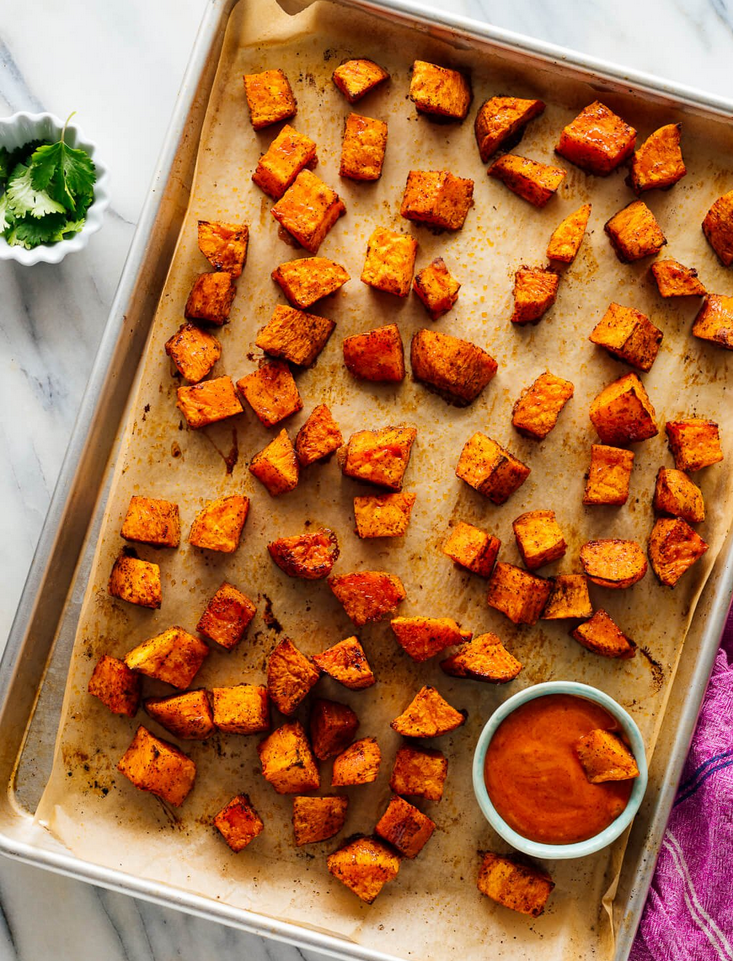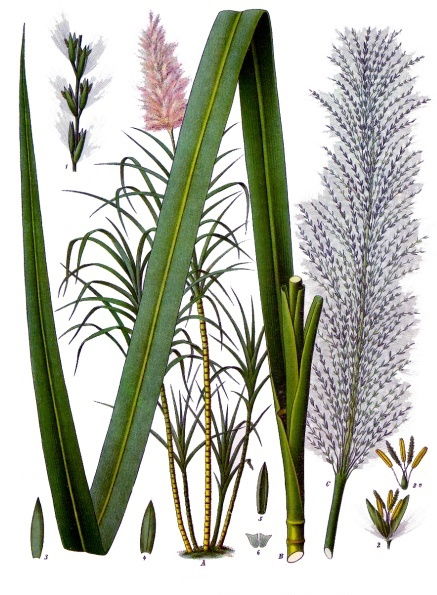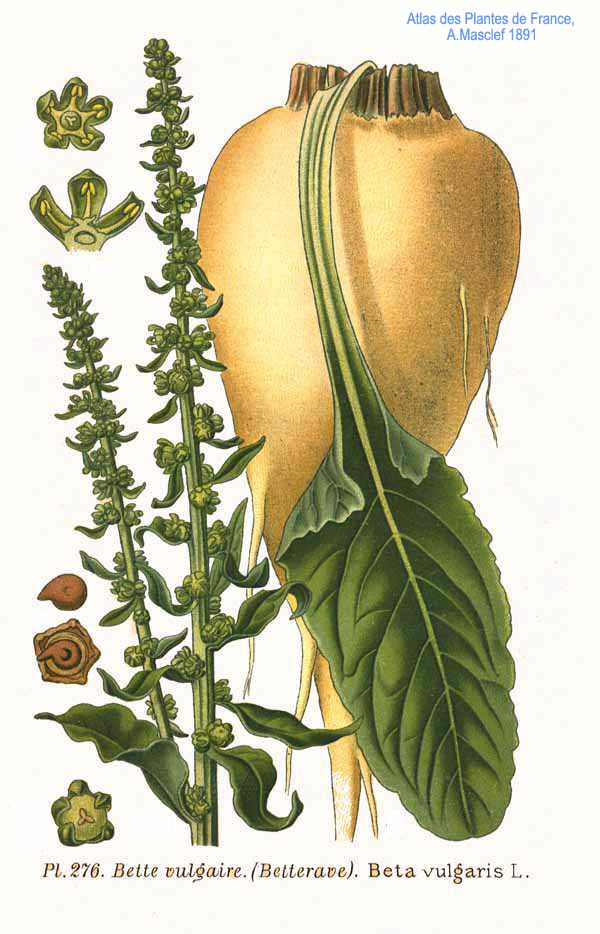Sassy Sweet Potatoes

Sassy Sweet Potatoes
Sassy Sweet Potatoes
My Love Letter to Sweet Potatoes
This will be a 100% pure love letter because sweet potatoes hold a special place in my heart. As an African-American, sweet potatoes sometimes called yams (not the same thing biologically or geographically), hold the status of royalty in soul food cooking. Sure, standard white mashed potatoes could make an appearance on a holiday table and a summer barbecue table will hold plates of potato salad (mayo/yellow mustard based), but the mighty sweet potato steals the show at any time of year being the pie of choice on most tables that celebrate soul food.
The pie is special because it is yet another example enslaved people trying to get closer to home through food. The sweet potato, which is native to the Americas. Enslaved people used the sweet potato as a replacement to the yam (found in their homeland). Although the sweet potato is less starchy and softer than the yam, sometimes a small semblance of something you remember from a happier time is enough to provide a moment of solace.
The sweet potato pie is said to have come about mixing the culinary techniques from Britain and France with the available vegetables in the south. Sweet potato pie recipes first found their way into printed cookbooks in the 18th century and by the 19th century, it was more commonly classified as a dessert.
Sweet potatoes are special for me for so many reasons.
The smell of roasted sweet potatoes with butter/ghee/coconut oil and cinnamon and cardamom and clove is one of my favorite smells. It is warm. It is holiday. It is someone loved you enough to bake for you.
The soft flesh makes for a luxurious bite for the tongue. Silky and warm soothing the soul as the sweet potato goes on to nourish your body.

Nutrition
Sweet potatoes are good for you. Why? Because colorful foods are often an indicator of vitamins. Orange vegetables contain great amounts of Carotenoids (powerful antioxidants) that give them their naturally rich bright color. Our bodies convert many carotenoids into Vitamin A which we need Vitamin A for good vision, healthy skin, and a robust immune system. A medium-sized sweet potato contains more than 400% of the recommended daily intake of vitamin A. (Source: USDA National Nutrient Database)
While they are primarily known for their carbohydrate content, sweet potatoes also provide some protein, making them a valuable component of a balanced plant-based diet.
Name | Amount | Unit (100 g of Sweet Potato) |
Water | 77.3 | g |
Energy | 86 | kcal |
Energy | 359 | kJ |
Protein | 1.57 | g |
Total lipid (fat) | 0.05 | g |
Ash | 0.99 | g |
Carbohydrate, by difference | 20.1 | g |
Fiber, total dietary | 3 | g |
Total Sugars | 4.18 | g |
Sucrose | 2.52 | g |
Glucose | 0.96 | g |
Fructose | 0.7 | g |
Lactose | 0 | g |
Maltose | 0 | g |
Galactose | 0 | g |
Starch | 12.6 | g |
Calcium, Ca | 30 | mg |
Iron, Fe | 0.61 | mg |
Magnesium, Mg | 25 | mg |
Phosphorus, P | 47 | mg |
Potassium, K | 337 | mg |
Sodium, Na | 55 | mg |
Zinc, Zn | 0.3 | mg |
Copper, Cu | 0.151 | mg |
Manganese, Mn | 0.258 | mg |
Selenium, Se | 0.6 | µg |
Vitamin C, total ascorbic acid | 2.4 | mg |
Thiamin | 0.078 | mg |
Riboflavin | 0.061 | mg |
Niacin | 0.557 | mg |
Pantothenic acid | 0.8 | mg |
Vitamin B-6 | 0.209 | mg |
Folate, total | 11 | µg |
Folic acid | 0 | µg |
Folate, food | 11 | µg |
Folate, DFE | 11 | µg |
Choline, total | 12.3 | mg |
Vitamin B-12 | 0 | µg |
Vitamin B-12, added | 0 | µg |
Vitamin A, RAE | 709 | µg |
Retinol | 0 | µg |
Carotene, beta | 8510 | µg |
Carotene, alpha | 7 | µg |
Cryptoxanthin, beta | 0 | µg |
Vitamin A, IU | 14200 | IU |
Lycopene | 0 | µg |
Lutein + zeaxanthin | 0 | µg |
Vitamin E (alpha-tocopherol) | 0.26 | mg |
Vitamin E, added | 0 | mg |
Tocopherol, beta | 0.01 | mg |
Tocopherol, gamma | 0 | mg |
Tocopherol, delta | 0 | mg |
Tocotrienol, alpha | 0.01 | mg |
Tocotrienol, beta | 0 | mg |
Tocotrienol, gamma | 0 | mg |
Tocotrienol, delta | 0 | mg |
Vitamin D (D2 + D3), International Units | 0 | IU |
Vitamin D (D2 + D3) | 0 | µg |
Vitamin K (phylloquinone) | 1.8 | µg |
Vitamin K (Dihydrophylloquinone) | 0 | µg |
Fatty acids, total saturated | 0.018 | g |
SFA 4:0 | 0 | g |
SFA 6:0 | 0 | g |
SFA 8:0 | 0 | g |
SFA 10:0 | 0 | g |
SFA 12:0 | 0 | g |
SFA 14:0 | 0 | g |
SFA 15:0 | 0 | g |
SFA 16:0 | 0.018 | g |
SFA 17:0 | 0 | g |
SFA 18:0 | 0.001 | g |
SFA 20:0 | 0 | g |
SFA 22:0 | 0 | g |
SFA 24:0 | 0 | g |
Fatty acids, total monounsaturated | 0.001 | g |
MUFA 14:1 | 0 | g |
MUFA 15:1 | 0 | g |
MUFA 16:1 | 0 | g |
MUFA 17:1 | 0 | g |
MUFA 18:1 | 0.001 | g |
MUFA 20:1 | 0 | g |
MUFA 22:1 | 0 | g |
Fatty acids, total polyunsaturated | 0.014 | g |
PUFA 18:2 | 0.013 | g |
PUFA 18:3 | 0.001 | g |
PUFA 18:4 | 0 | g |
PUFA 20:2 n-6 c,c | 0 | g |
PUFA 20:3 | 0 | g |
PUFA 20:4 | 0 | g |
PUFA 20:5 n-3 (EPA) | 0 | g |
PUFA 22:5 n-3 (DPA) | 0 | g |
PUFA 22:6 n-3 (DHA) | 0 | g |
Fatty acids, total trans | 0 | g |
Cholesterol | 0 | mg |
Tryptophan | 0.031 | g |
Threonine | 0.083 | g |
Isoleucine | 0.055 | g |
Leucine | 0.092 | g |
Lysine | 0.066 | g |
Methionine | 0.029 | g |
Cystine | 0.022 | g |
Phenylalanine | 0.089 | g |
Tyrosine | 0.034 | g |
Valine | 0.086 | g |
Arginine | 0.055 | g |
Histidine | 0.031 | g |
Alanine | 0.077 | g |
Aspartic acid | 0.382 | g |
Glutamic acid | 0.155 | g |
Glycine | 0.063 | g |
Proline | 0.052 | g |
Serine | 0.088 | g |
Alcohol, ethyl | 0 | g |
Caffeine | 0 | mg |
Theobromine | 0 | mg |

Production
In 2020, global production of sweet potatoes was 89 million tonnes, led by China with 55% of the world total. Secondary producers were Malawi, Tanzania, and Nigeria.
According to a study by the United Nations Food and Agriculture Organization, sweet potatoes are the most efficient staple food to grow in terms of farmland, yielding approximately 70,000 kcal per hectare (28,000/acre) / day.
The starchy tuberous roots of the sweet potato are by far the most important product of the plant. In some tropical areas, the tubers are a staple food crop. The tuber is often cooked before consumption as this increases its nutrition and digestibility, although the American colonists in the Southeast ate raw sweet potatoes as a staple food.
The vines' tips and young leaves are edible as a green vegetable with a characteristic flavor. Older growths may be used as animal fodder.
Sassy Sweet Potato Recipe
This is one of those recipes that you can “make your own”. The three reasons I love this recipe as:
It makes the house smell great.
It is super quick, especially if you use frozen or pre-cut sweet potatoes.
Can be morphed with a good sauce, condiment or use of different spices.
This week’s recipe comes from Cookie and Kate. Cookie and Kate provides some great tips to help you make a perfect version of this classic and simple dish.

Perfect Roasted Sweet Potatoes
Roasted sweet potatoes are truly delicious, and so easy to make! This healthy recipe will become your new favorite side dish. Recipe yields 4 side servings.
Ingredients
2 pounds sweet potatoes (3 to 4 medium sweet potatoes) *** Sometimes I use frozen sweet potatoes
2 tablespoons extra-virgin olive oil
Optional: 1 teaspoon chili powder or freshly ground black pepper, to taste
¼ teaspoon fine sea salt
Preheat the oven to 425 degrees Fahrenheit and line a large, rimmed baking sheet with parchment paper for easy clean-up.
Either scrub the sweet potatoes clean and pat dry, or peel them (I generally peel mine). To slice, use a sharp chef’s knife to cut them into 1-inch thick rounds. Then, cut up each round to make 1-inch cubes. The “cubes” won’t be perfectly even, but that’s ok.
Place the sweet potatoes on the prepared baking sheet. Drizzle the olive oil on top. If using, sprinkle the chili pepper or several twists of freshly ground black pepper on top, followed by the salt. Toss until the sweet potatoes are all evenly coated in oil, and arrange them in a single layer.
Bake for 30 to 40 minutes, tossing halfway, until the sweet potatoes are tender and caramelizing at the edges. Serve while warm. Leftover sweet potatoes will keep in the refrigerator, covered, for about 4 days. Gently reheat in the microwave or oven if desired.

Grow Sweet Potatoes at Home
Facts about Sweet Potatoes
Diverse Varieties: There are over 400 varieties of sweet potatoes cultivated around the world. These can vary in color, shape, and size, with colors ranging from white to yellow, orange, purple, and even red. (Source: USDA Agricultural Research Service)
Low Glycemic Index: Sweet potatoes have a relatively low glycemic index, making them a healthy carbohydrate choice for maintaining stable blood sugar levels. This can be particularly beneficial for individuals with diabetes. (Source: American Diabetes Association)
Historical Significance: Sweet potatoes have been cultivated for thousands of years, with origins traced back to Central and South America. They were a significant crop for indigenous peoples long before European colonization. (Source: Food and Agriculture Organization of the United Nations)
Sweet Potatoes vs. Yams: Despite common misconceptions, sweet potatoes and yams are not the same. Yams are starchy tubers from the Dioscorea family, primarily grown in Africa, while sweet potatoes belong to the Convolvulaceae family. (Source: U.S. Department of Agriculture)
Health Benefits: Regular consumption of sweet potatoes is linked to various health benefits, including antioxidant properties which may help reduce the risk of chronic diseases. The high fiber content also aids in digestion and gut health. (Source: Journal of Agricultural and Food Chemistry)
Climate Resilience: Sweet potatoes are hardy and can grow in a variety of soil types and under different climatic conditions, making them a resilient crop that can contribute to food security in vulnerable regions. (Source: International Potato Center)
.Cooking Versatility: Sweet potatoes can be prepared in numerous ways, including baking, boiling, frying, and roasting. Their natural sweetness allows them to be used in both savory and sweet dishes, making them highly versatile in cooking. (Source: Food Network)
Our Video dedicated to the Sweet Potato





